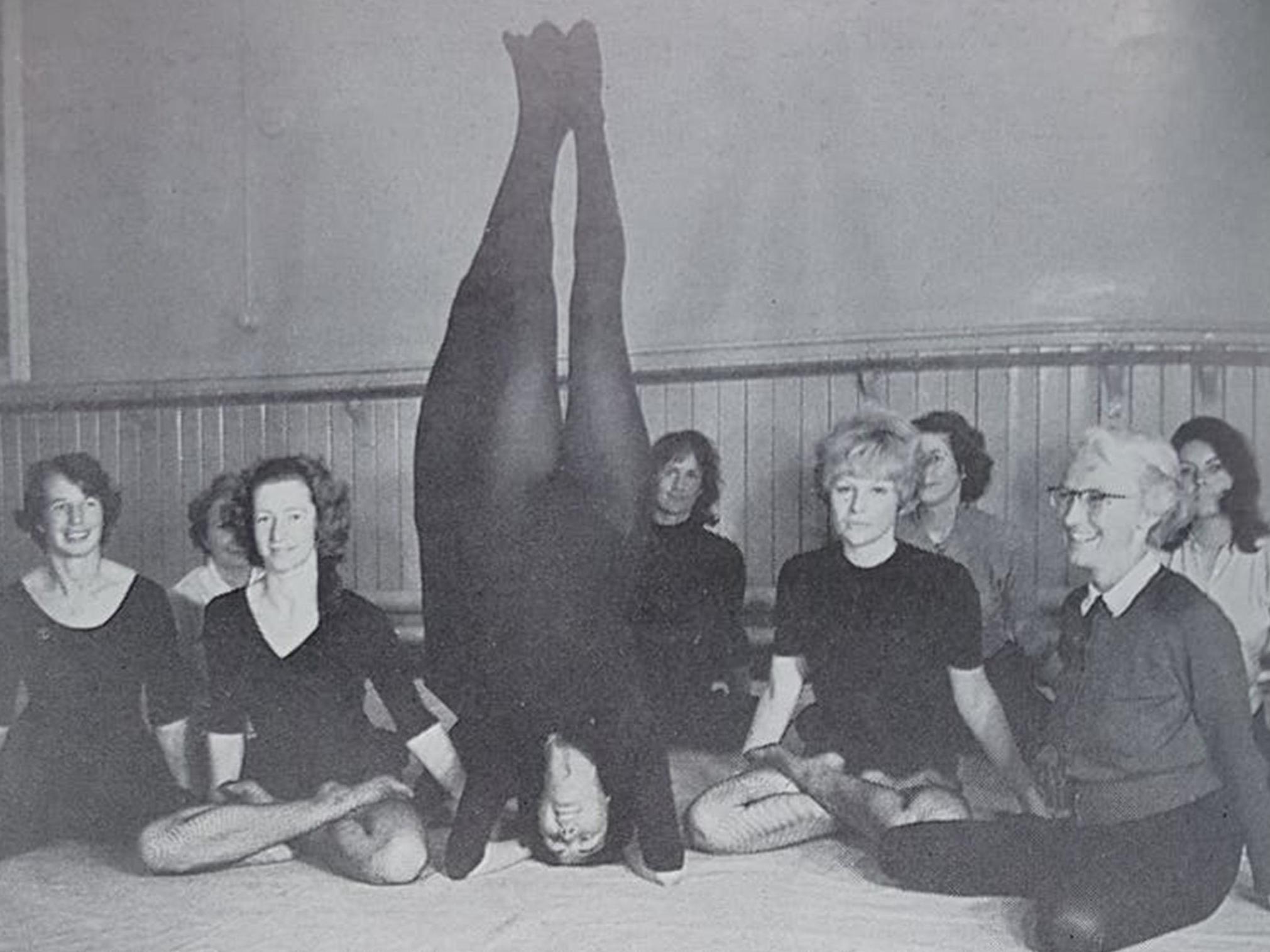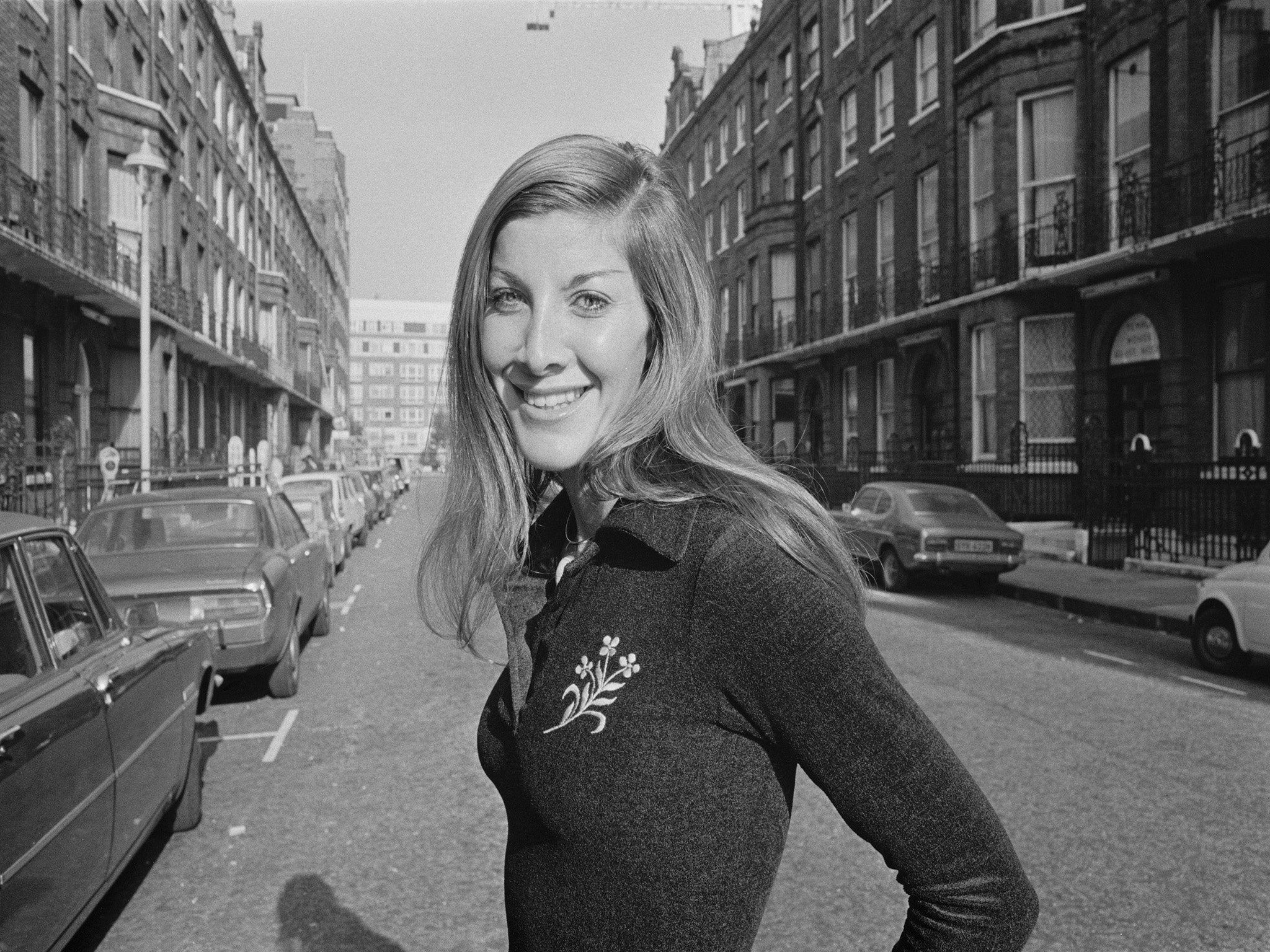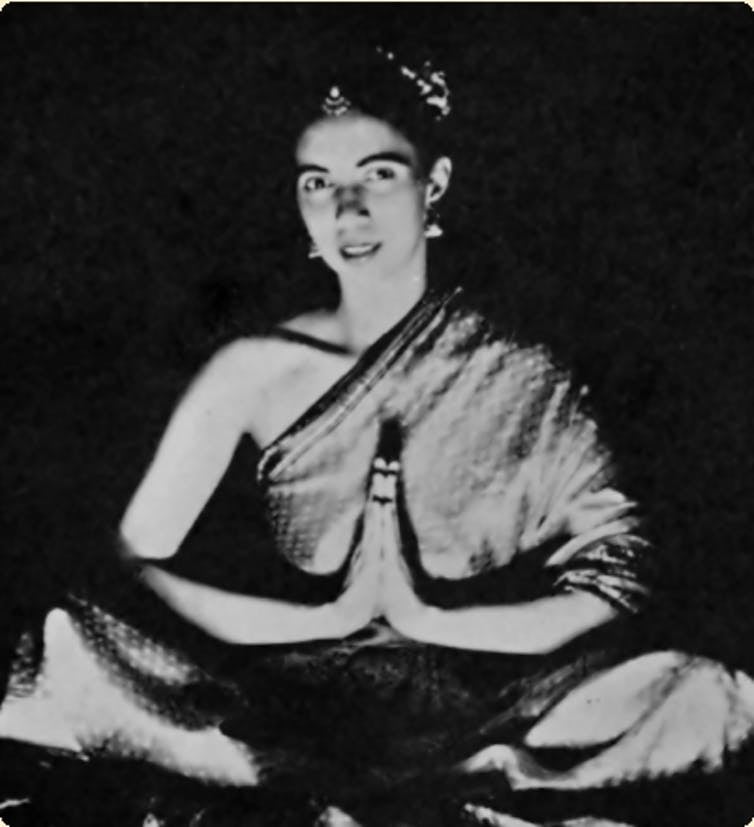The undocumented history of female yoga teachers in Britain
Yogini Sunita and Kailash Puri helped popularise yoga in the UK, but they kept their teachings unwritten, leaving their significance largely forgotten

Your support helps us to tell the story
From reproductive rights to climate change to Big Tech, The Independent is on the ground when the story is developing. Whether it's investigating the financials of Elon Musk's pro-Trump PAC or producing our latest documentary, 'The A Word', which shines a light on the American women fighting for reproductive rights, we know how important it is to parse out the facts from the messaging.
At such a critical moment in US history, we need reporters on the ground. Your donation allows us to keep sending journalists to speak to both sides of the story.
The Independent is trusted by Americans across the entire political spectrum. And unlike many other quality news outlets, we choose not to lock Americans out of our reporting and analysis with paywalls. We believe quality journalism should be available to everyone, paid for by those who can afford it.
Your support makes all the difference.From fairly obscure beginnings in the mid-20th century, the practice of yoga in Britain has become a massively popular pastime. It’s hard to find official figures for just how many people practise yoga regularly, but it’s thought that between 300,000 and 500,000 regularly take part in what the UN describes as “a holistic approach to health and wellbeing” with “universal appeal”.
The discipline was popularised in Britain through the hard work and dedication of a diverse group of unusual individuals. There were competing ideas of yoga, different forms of practice and many different points at which yoga entered British culture, as my book Yoga in Britain explores. But there are two women whose dedication and enthusiasm played a huge part in popularising yoga in Britain and whose legacies have sadly been largely forgotten.
Yogini Sunita
Yogini Sunita was born Bernadette Boccaro in 1932 to a Catholic family of Portugese-Indian ancestry in a suburb of Bombay. She arrived in Britain with her husband and son around 1960. Finding her new acquaintances eager to learn yoga, she quickly adopted the persona of Sunita and began teaching what she learned from yogi Narainswami on the beaches near Bombay, which she called pranayama yoga.
By 1965, Sunita was teaching 780 yoga students at the Birmingham Athletics Institute. According to historical sources, she was a charismatic teacher who taught a flowing sequences of postures, many with at least one knee bent, resting a foot in the groin.
Sunita’s signature technique was the “slipped second” during which one calls to mind anxieties, before releasing them completely for “just one second”. Explaining to listeners of the BBC Light Programme’s Woman’s Hour in 1961, Sunita described this practice as mental relaxation which allows one to engage with life’s demands more efficiently. In fact, Sunita claimed that it was equivalent to eight hours of “perfect sleep”.
Shortly before her sadly premature death in 1970 at 38, Sunita began training others to teach, but left no training syllabuses or manuals. She wrote that mastering pranayama yoga involved knowledge of psychology, the causes of tension and knowledge of “300 exercises”. Sunita was emphatic, though, that “the gift and ability to impart such a subject can never be decreed by letters”.
In this, Sunita anticipated many of the debates about the nature and validity of “yoga teacher training programmes” today. As Sunita understood in the 1960s, possessing a yoga teaching certificate does not automatically mean that a person will be a good, or a charismatic teacher of yoga. She emphasised how yoga was an embodied practice and not all competent practitioners make appropriate teachers of this kind of tradition.

Kailash Puri
A second remarkable woman who popularised yoga in Britain was Kailash Puri (1926-2017) who taught yoga from her home in Crosby, Merseyside, with her husband, Gopal Singh Puri (1915-1995), between 1968 and 1990. Both Kailash and her husband were Sikhs born in the Punjab and had settled in Crosby through Gopal’s employment at Liverpool Polytechnic, lecturing in biological sciences.
Noticing a demand for yoga shortly after the Beatles returned from India, Gopal encouraged his wife to teach postures, breathing exercises and relaxation while he gave philosophical lectures and made up herbal prescriptions based on Ayurvedic principles. Kailash also gave lessons in healthy eating and cooking with vegetables and her influence in this area extended to her acting as an Indian cookery consultant to Marks & Spencer during the 1970s.

Like Sunita, the Puris also emphasised yoga as relaxation, an antidote to the problems of modern life – stress, materialism and emotional imbalance. Two of their students, Frank and Hazel Wills, further popularised these methods of yoga with a regular slot on BBC1’s lunchtime show Pebble Mill at One for several years from 1973 and with a book, Yoga for All.
Both Sunita and the Puris emphasised that their yoga practices were not associated with any specific religious ideology. They both claimed that the techniques were accessible to everyone and had significant benefits for health and relaxation. Significantly, neither Sunita nor Kailash established guidelines for training others in yoga. This has meant that their influence has largely been forgotten.
Meanwhile men such as BKS Iyengar (1918-2014), who developed standardised teacher training syllabuses in conjunction with the London adult education system, and Wilfred Clark (1898-1981), who founded the British Wheel of Yoga, have legacies which are much easier to document.
Why British women embraced yoga
But the significance of these two women in inspiring other women should not be underestimated. Women quickly became the majority of both students and teachers of yoga in Britain, comprising of 70 per cent-90 per cent of those attending yoga classes in the post-war period. There were several reasons for this. As Mark Singleton, yoga historian and senior research fellow at London’s School of Oriental and African Studies (SOAS), points out, modern yoga practice has much in common with exercise methods such as Swedish and Danish gymnastic drills that were popular for women in the late 19th and early 20th centuries.
Yoga also offered relief from what one yoga teacher described in 1976 as “housewife syndrome”, which included “monotony and lack of recognition, indeterminate pains and psychosomatic symptoms”. Yoga, in the experience of many women of this period, provided a space to refresh physically and mentally.
Teaching yoga also gave women viable work that could fit around family commitments. Teaching yoga allowed them to earn more in shorter periods of time compared to other employment accessible to women at that time, such as secretarial work.
Sunita and Kailash were more than simply yoga teachers – their lives exemplify how yoga provided new opportunities for personal empowerment and social influence, offering a new route to liberation for women.
Suzanne Newcombe is a lecturer in religious studies at The Open University. This article first appeared on The Conversation
Join our commenting forum
Join thought-provoking conversations, follow other Independent readers and see their replies
Comments